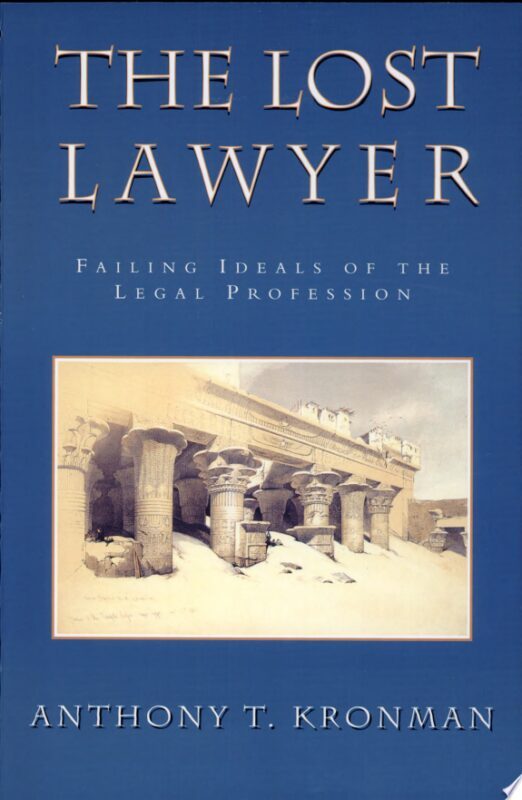A TREATISE ON THE LAW OF INSURANCE: IN FOUR BOOKS (1802)
Good Faith & Contracts of Insurance
This means that in 2020, the American edition I’m working from is 215 years old. I don’t know if it should be used in law school courses, but it contains much familiar law.
- Of Marine Insurance
- Of Bottomry and Respondentia
- Of Insurance Upon Lives
- Of Insurance Against Fire.
Here I am interested only in the topic of good faith and therefore bad faith. As a start, I am only interested in a short passage on the importance of good faith in contracts of insurance. RThis passage is to be found in the Marine Insurance section. It is the introductory paragraph in Chapter IX which is entitled “Of Representations.” It is to be found at p. 334. (I have updated and Americanized the spelling in the passage I quote here.):
“Good faith should preside in all the transactions of commerce, and in none more than those of insurance, of which it is a vital principle. In this contract, each party is bound to conduct himself towards the other, not only with integrity but with the most unreserved openness and candor; and they ought mutually to disclose to each other every circumstance which can in any degree affect the risk. It seldom happens that any such circumstance lies within the knowledge of the underwriter; fraud is seldom imputable to him, and he is much oftener the victim of his own credulity. But the law watches, with a jealous eye, the conduct of the insured, from whom the underwriter must, in most cases, learn all the facts and circumstances from which he makes his calculations, and appreciates the risk. Every material representation is considered as forming an ingredient in the contract, and every material misrepresentation or concealment is therefore deemed a fraud, and will void it.”
For some recent Texas history on this matter, see T. Ray Guy, “Good Faith Revisited: Extra-Contractual Duties in Texas,” 81.8 Tex. BAR J., 608 (September 2018). Guy reports on several Texas cases on this matter. All of them are hostile to the idea of a duty of good faith and fair dealing being introduced into Texas jurisprudence as a tort. I have wondered for some years now, why it could not simply be treated as what it really is: part of the contract, an implied term, covenant, or warranty. Of course, it’s a vague-ish looking term, but so what? Contracts involve mutual agreements. Parties can agree to use general, abstract, and even vague language, so long as one party does not do something like insert a term, in bad faith,






Recent Comments